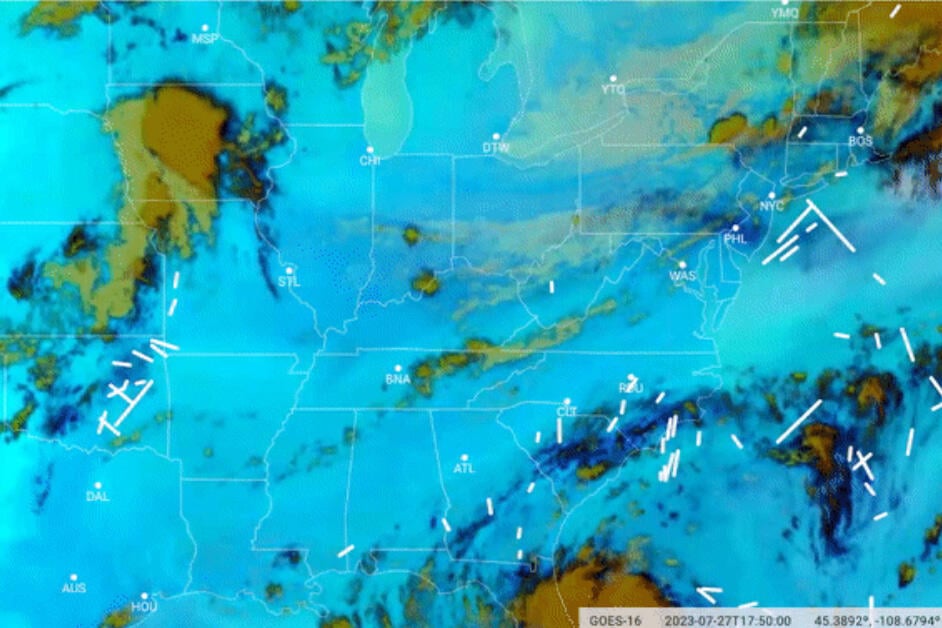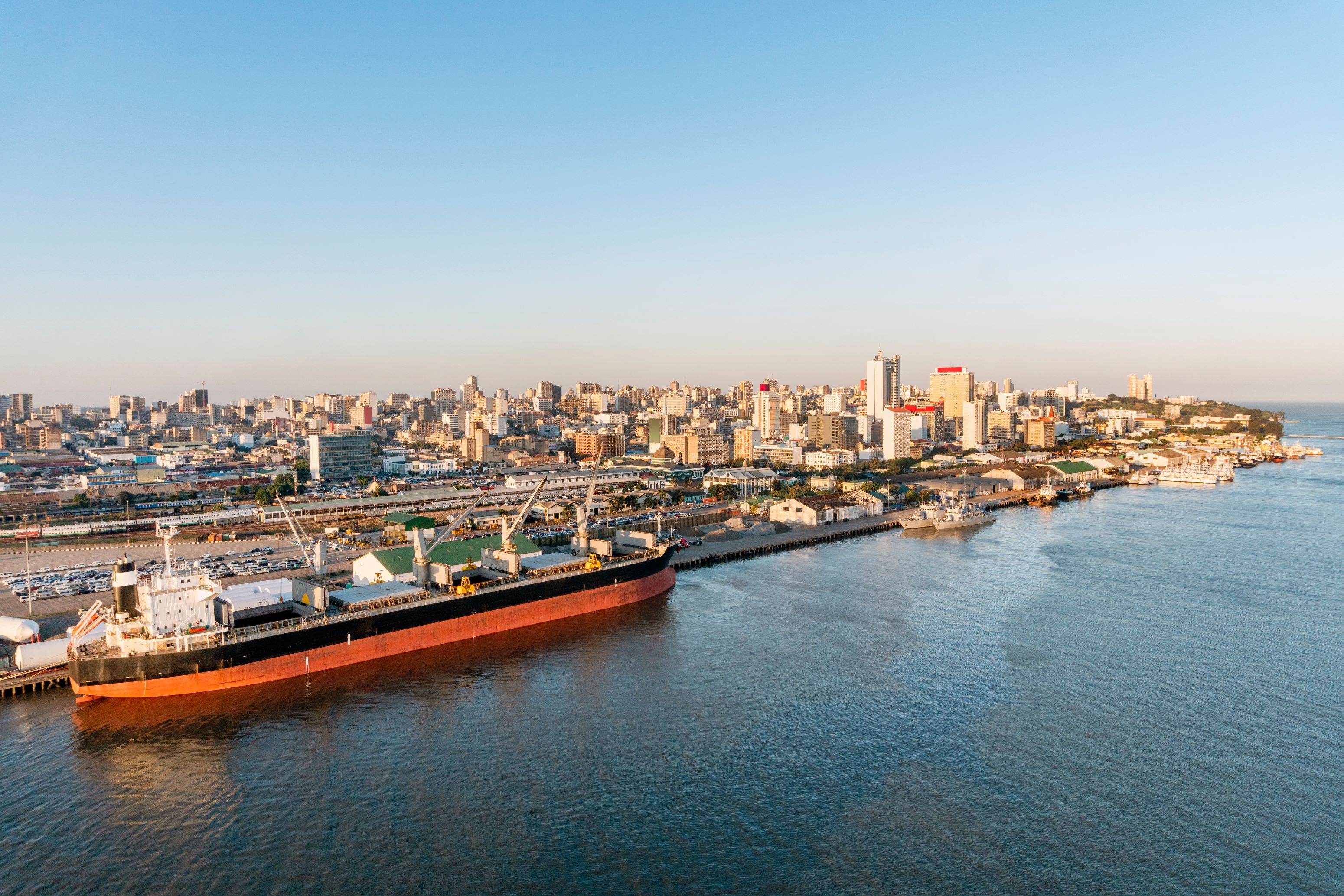Maria Antonia Yulo Loyzaga: Race to resilience
Leadership Insights newsletter story
Maria Antonia Yulo Loyzaga, Secretary of the Department of Environment and Natural Resources of the Philippines, shares her scientific approach to navigating maritime challenges, achieving net-zero compliance and implementing the UN SDGs.

What are you proud of having achieved in your current role to date?
Right from the start, I adopted an integrated science based approach that recognises the complexity and interconnectedness of everything in the ecosystem, and made sure that teams no longer worked in silos. I created the office of integrated environmental science, which did not exist in the history of this department; and the geospatial database office, which allowed us to construct a platform that will enable us to map out the natural resources of the country.
The Geospatial Platform is in constant use today to help manage our resources in terms of water, forests, coastal and marine areas, and minerals. It allows us to see where nature based solutions are possible, where populations are underserved for water supply, where there is environmental degradation from either neglect or abuse of our natural ecosystems, etc.
How does this scientific approach intersect with shipping?
We have adopted a climate risk lens to look at the way the human or social geographies intersect with the physical geographies of the country for adaptation; mitigation, as well as disaster and risk reduction. Working with organizations such as Philippine Transmarine Carriers (PTC) and the International Chamber of Shipping (ICS) allows us to see shipping’s contribution to economic and social development, as well as to greenhouse gasses globally. Our work intersects very well not just in adaptation mitigation, but also in the transition of energy technologies and human resources in the sector.
We are working to overcome challenges, especially in terms of the waste management sector with regard to plastics and microplastics making their way into our rivers and oceans. We have the new “Extended Producer Responsibility” (EPR) law, which obligates plastic packaging producers to assume full responsibility for the entire life cycle of their products, including the cost of waste prevention, clean up, and recovery measures. But we have almost no control in terms of what ships discharge, especially when offshore, and can only mitigate this marine pollution by collection when it makes its way to shore. What doesn’t make its way to shore goes into the ocean circulatory system, both biologically and chemically, which is a huge challenge.
What other maritime challenges are on your radar?
Realistically, we will not make net-zero by 2050, as the economy in our country will not be able to afford it. So, we’re looking at a clean energy mix with predominantly renewables, but also geothermal and possibly a small, modular nuclear factor. We have a 35% renewable energy target for 2030 and higher ambitions of 70% by 2050. We are currently focused on identifying renewable solar and offshore wind energy sources – including solar farms on land and floating – as these will require the least amount of investment and have the greatest impact.
Upskilling and reskilling offshore and onshore to address the new fuel technologies is critically important. This will apply to seafarers but also to the human resource at ports to operate the type of infrastructure that needs to be put in place. Additionally, climate change has changed the operating environment of shipping: there’s too little water in some of our main passageways (like the Panama Canal), and ships are now exposed to more extreme weather events while at sea. So, the industry also needs to adapt beyond developing and using cleaner technologies, and train our seafarers to deal with the new climate conditions caused by global warming.
We need a lot more investment in science. There have been several disasters that involve waves of a certain nature that were never anticipated but may be predictable via AI. In a rich world, we would map the physical and the chemical oceanography and identify how this will be impacted by changes in climate.
Lastly, we must be ready to handle transition and end-game green fuels, as we currently do not have the capacity to look at safeguards, permit approvals or infrastructure. The department itself needs to build capacity to be able to monitor the environmental impacts of what the shift in fuel technologies will actually mean. For us, it’s a race to resilience.
How can the private sector support your energy transition goals?
At this time, the trajectory and pace of our transition mean that some of the greater investments are being made in infrastructure to manufacture and import LNG as a transition fuel oil. Although this is still a fossil fuel, we need to accept that this is what we can afford to baseload. We are strategically engaging with our dynamic private sector and joint ventures with foreign companies that are active in ports to engage in marine scientific research to preserve biodiversity while still participating in the energy transition.
Can the United Nations’ Sustainable Development Goals (SDGs) support your maritime aims?
I think the SDGs serve purpose, but some countries will have barriers to achieving several goals because of available means including human resources or available finance. The international financial architecture needs to be reviewed to intervene for those that are most vulnerable, such as debt for nature and debt relief for countries prone to extreme weather-related disasters.
The SDGs are intersectional, so accomplishing them requires understanding compounding risks and complexity. We need to be able to take a single action that hits several SDGs at the same time. If you reverse engineer a path from the impacts and outcomes that you want to achieve, you get to see the interconnectedness among these goals and make investments that will have a positive impact across several SDGs.
Related content

Elpi Petraki: Progress for all

Alternative fuels revolution an opportunity to boost trade resilience

Innovation and regulation set pace for AI advances
